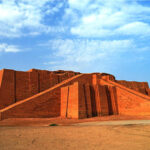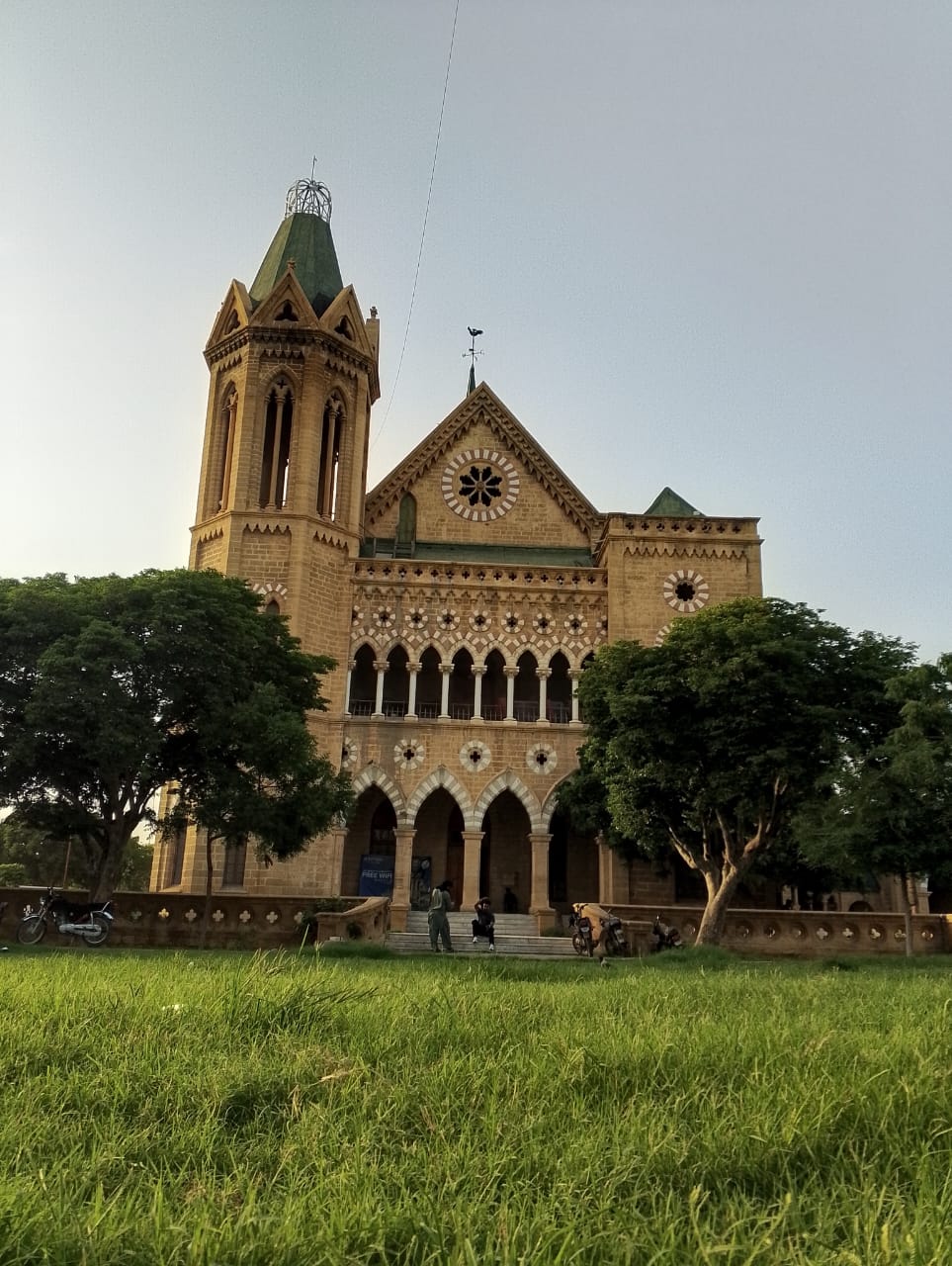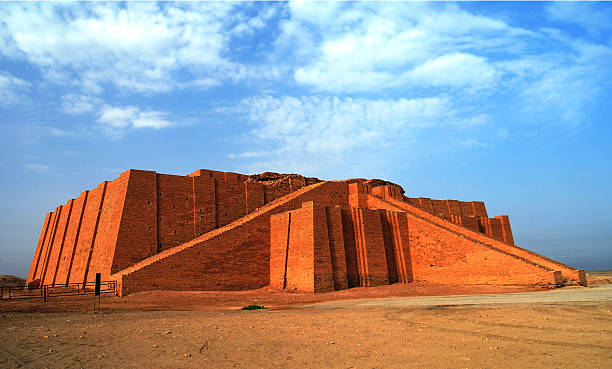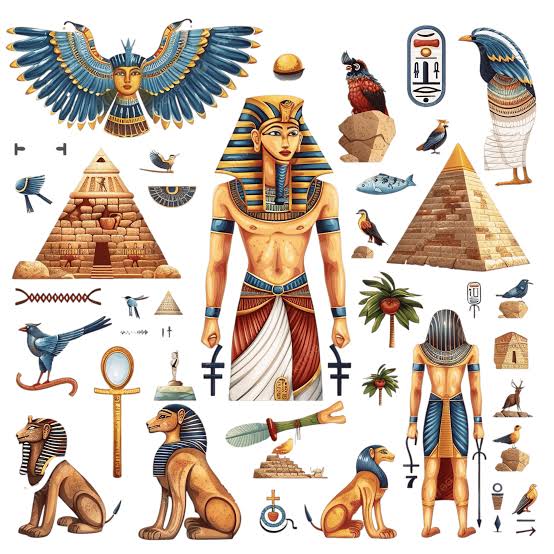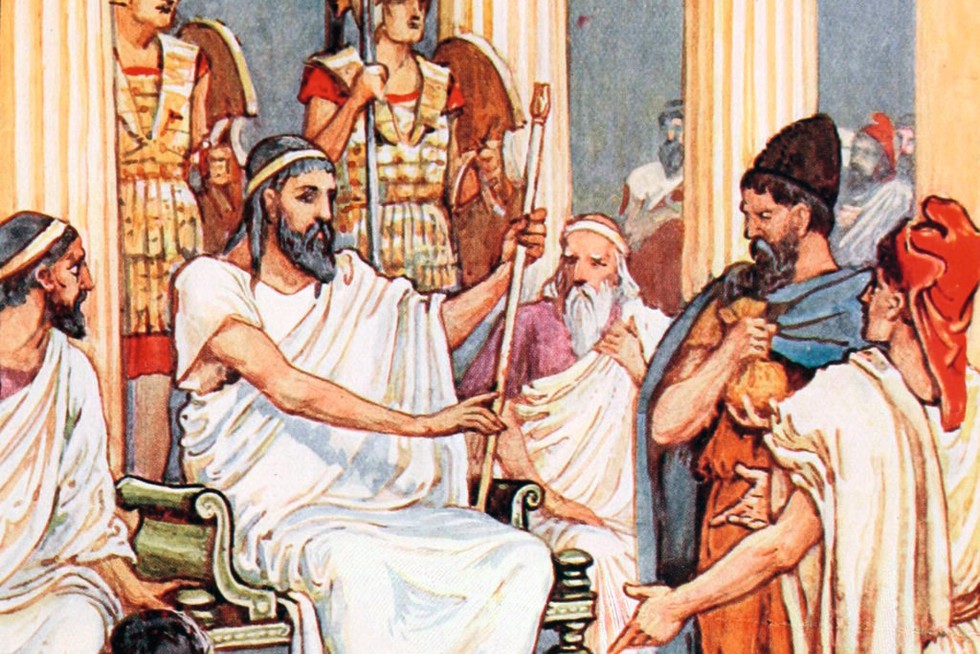Early Human Settlements and Civilizations
After leaving caves, humans built villages and created the first cities. Over time, civilizations such as the Egyptian Civilization, Mesopotamian Civilization, Indus Valley Civilization, and Chinese Civilization emerged. These civilizations took centuries to form and reach their peak. Inspired by them, other civilizations across the world also began to develop. Among these, the focus here is on the Indus Valley Civilization.
Mohenjo-Daro and the Indus Valley Civilization
The discovery of the Indus Valley Civilization began in 1922 and was rediscovered in 1939 under the leadership of Sir John Marshall. The site was named Mohenjo-Daro, though its original name was Mahenjo Daro.
Before discussing Mohenjo-Daro itself, it is important to understand the geography of the Indus Valley. A piece of land separated from Gondwana (present-day Africa) and collided with Asia. This collision formed the subcontinent and gave rise to mountain ranges such as the Himalayas. These mountains naturally created a boundary for the subcontinent.
The plain east of the Kirthar Mountain Range, stretching from the Himalayas, Hindu Kush, and Solomon Mountains, became known as the Indus Valley. Through this valley, the Indus River flows. Originating from the Himalayas, the Indus River cut through the mountains and gave life to the valley. The word Indus comes from Sanskrit, meaning the flow of water.
Archaeologists once believed the Indus Valley Civilization was 5,000 years old, but recent research shows it may be 8,000 years old. It functioned as a city-state of its era. Several important sites, including Mohenjo-Daro, Amri-Jo-Daro, Harappa-Jo-Daro, and Mehergarh-Jo-Daro, are connected with this civilization. Among them, Mohenjo-Daro was the central city.
Located near the modern city of Larkana in Sindh, Mohenjo-Daro revealed advanced urban planning. Excavations uncovered strong-walled houses, a large public bath, spacious halls, ventilated rooms, wide streets, and a complete drainage system. Builders used baked bricks for both houses and streets.
The people of Mohenjo-Daro engaged in agriculture, blacksmithing, carpentry, pottery, and trade. They built ships, invented the wheel, developed arithmetic, and even created games such as chess. Experts believe agriculture began in Sindh. The people also practiced Salaat and introduced the concept of god and religion, which later civilizations adopted in various forms.
Although traces of Mohenjo-Daro’s rise still exist today, the exact reason for its decline remains unknown.
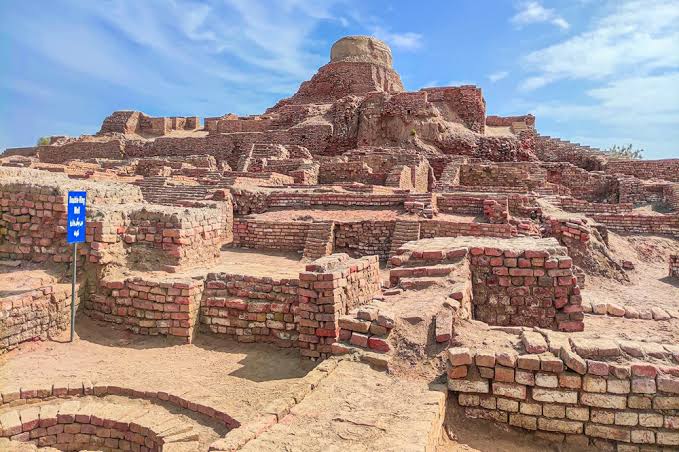
Aryan Invasion and the Mahabharata
The Aryans invaded Sindh, sparking resistance among locals. This resistance gave rise to the epic Mahabharata. Afterward, different dynasties began to rule Sindh.
Hakhamnshi Empire (519 BC – 450 BC)
Following the decline of the Indus Valley Civilization, the Hakhamnshi Empire ruled the region, then known as the Indus Valley.
Alexander the Great (325 BC)
Alexander invaded from Greece and captured many regions. He entered Sindh and established a government at the Fort of Sehwan. During this invasion, a local leader named Sambas was killed while resisting Alexander.
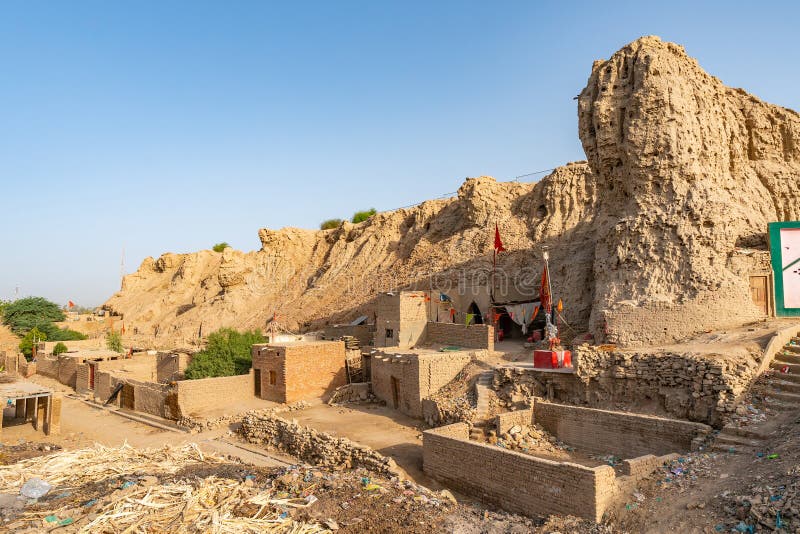
Maurya Dynasty (324 BC – 187 BC)
After Alexander’s death, the Maurya Dynasty took control of Sindh. Among its rulers, Chandragupta and Ashoka stand out.
Ashoka, who first practiced Hinduism and later embraced Buddhism, banned the killing of humans and animals across the region. He sent emissaries abroad to spread Buddhism, established educational centers, and promoted art and architecture. Ashoka also introduced new principles and rules in the subcontinent.
___Read about another famous religion of sub continent.
Greek Bakhrain Dynasty (184 BC – 70 BC)
This dynasty established its rule in Sindh, including the region of the present-day Rann of Kutch.
Scythian Dynasty (46 BC – 78 BC)
The Scythians took control of Sindh by defeating the Gond Fern rulers of Khandan.
Kushan Dynasty (62 BC – 283 AD)
The Kushan Dynasty captured Sindh but did not extend its rule to Rann of Kutch and Kathiawar.
Sassanid Dynasty (176 – 367 AD)
The Sassanids occupied Sindh, though their rule left little cultural or political impact.
Velika Dynasty (367 – 470 AD)
The Velika rulers governed the entire Sindh region, including the Rann of Kutch.
Rai Dynasty (499 – 571 AD)
The Rai Dynasty made Alwar the capital of Sindh. They followed Buddhism, which gained great popularity during their rule.
Rai Sahars, a prominent ruler, defended Sindh against an Iranian invasion. He fought bravely at the field of Nemours and defeated the Iranian army. Though he was martyred, his victory forced the weakened Iranian army to retreat. After his martyrdom, the Indus Calendar aligned with the sun, was built in his honor.
__Read about Native religion of Iran.
During the Rai Dynasty, a woman named Soonhn Rani ruled Sindh. She was a local woman who governed her land with authority. Under her rule, Sindh experienced prosperity. According to the renowned realist and scholar Dr. Mushtaq Bagani, the Ranikot Fort was built during the Rai Dynasty.
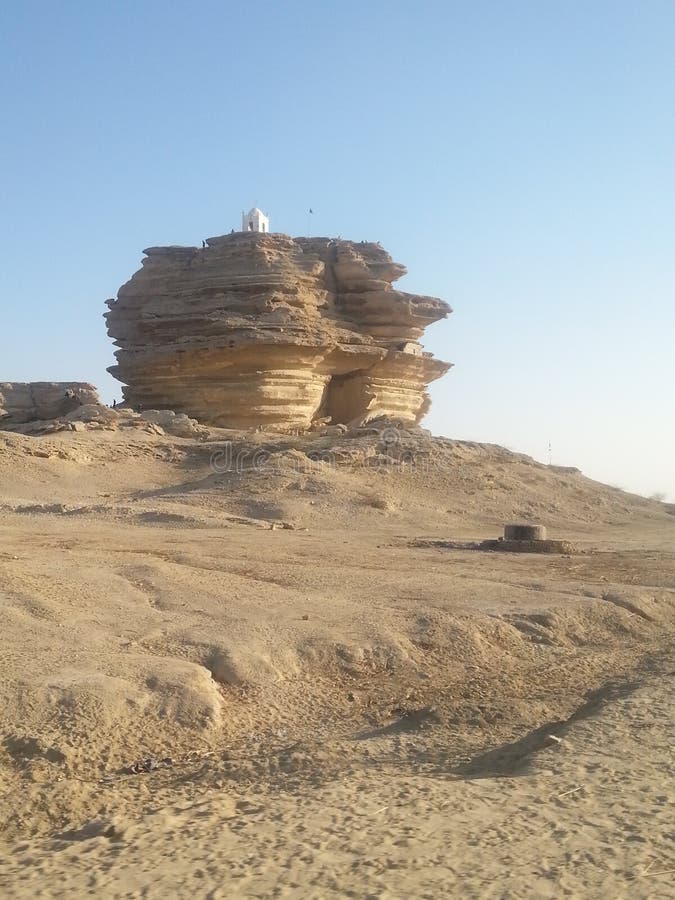
Chach Dynasty (571 – 720 AD)
The Chach Dynasty, like the Rai Dynasty, belonged to a local Sindhi family. They ruled Sindh and made Alwar (or Arora) their capital. The dynasty followed Hinduism. Among its rulers, Raja Dahar became the most famous.
The Chach Dynasty marked a golden age of Sindh, similar to the Rai Dynasty. Sindh remained politically and economically independent. There was no religious discrimination, and society thrived on tolerance, justice, and fairness. People lived happily, and the land stayed prosperous.
At this time, the Arab Empire expanded across the region, conquering neighboring countries and suppressing their cultures and languages. Since the Rai Dynasty, the wealth and prosperity of Sindh had attracted Arab attention. They repeatedly attacked Sindh but failed each time.
However, during the reign of Raja Dahar, the Arab Empire reached Sindh’s borders. It transformed into a global imperial power and launched a successful invasion. Raja Dahar fought bravely but was martyred in battle. After his fall, Arab rule was established in Sindh.
_Read about Islam religion.
The Arabs abolished the Sindhi language and imposed Arabic. They declared Sindhi culture a culture of infidelity and enforced Arab culture in the name of Islam. Yet, just as Turks, Kurds, and Iranians preserved their language and culture after Arab invasions, Sindhis also safeguarded their own language and traditions. Ironically, Arab rule both suppressed and preserved Sindhi culture and language.
Abbasid Period in Sindh (751 – 855 AD)
During the Abbasid era, the Arabs failed to establish lasting political influence in Sindh. Governors frequently changed, preventing long-term stability.
Habari Rule in Sindh (855 – 1010 AD)
The Habaris, descendants of Habari bin Aswad, ruled Sindh during this period.
Soomra Rule (1010 – 1350 AD)
The Soomras were local Sindhis who had converted to Islam during the Arab invasion. They regained control over Sindh and established an independent state. This marked a return of local rule after Raja Dahar.
The Soomra period was a prosperous age. Sindh enjoyed independence, and its folk culture flourished. Literature thrived, and romantic tales such as the story of Momal Rani and Sassui originated in this era.
Samma Rule (1350 – 1520 AD)
The Sammas, also of local Sindhi origin, ruled after the Soomras. Their era was another prosperous age. Sindh remained an independent state, and rulers like Jam Nizamuddin Samo became legendary. His commander, Dulha Dariya Khan, also gained fame.
The romantic tale of Jam Tamachi and Noori belongs to this period. However, the Arghuns eventually invaded Sindh, killing Makhdoom Bilawal and Dulha Dariya Khan before seizing power.
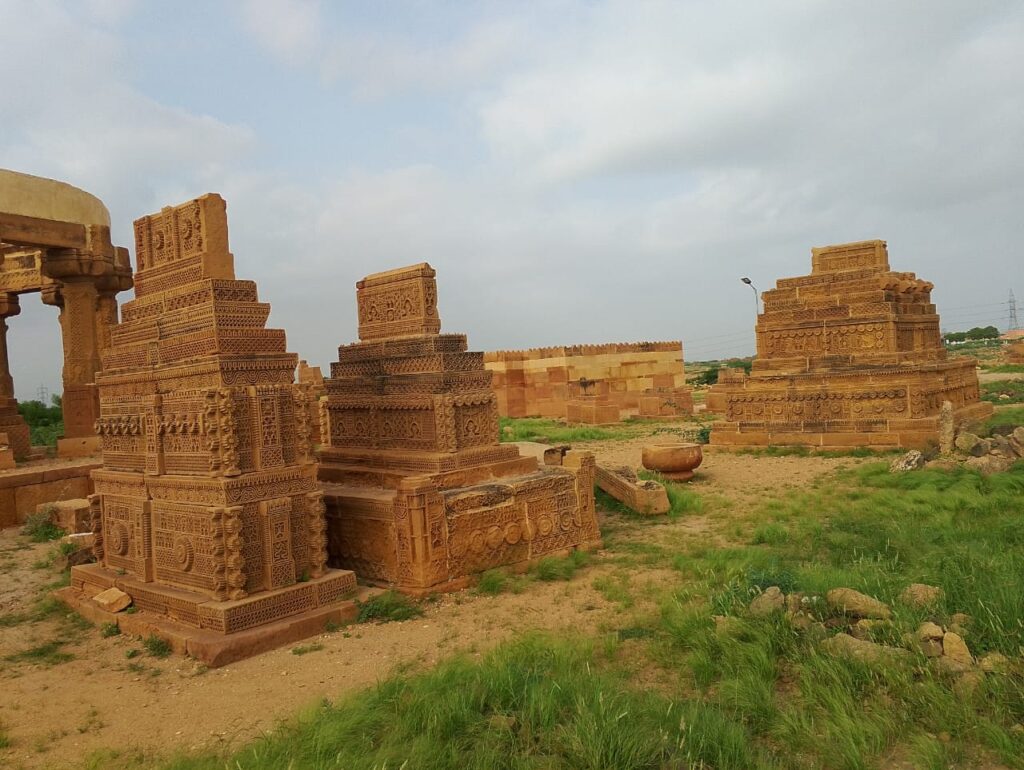
Arghun Dynasty (1520 – 1555 AD)
The Arghuns, of Turkic descent, ruled from Khorasan and invaded Sindh. They committed atrocities, massacred people in the Fort of Sehwan, and brutally crushed local resistance.
Turkhan Dynasty (1555 – 1591 AD)
Another Turkic family, the Tarkhans, succeeded the Arghuns and ruled Sindh.
Mughal Dynasty (1591 – 1710 AD)
The Mughal period began when Emperor Akbar, who was born in Amarkot (Umarkot) in Sindh, expanded his empire. The Mughals declared Sindh a province of India. To strengthen their control and protect against Afghan threats, they treated Sindh as a buffer zone.
Kalhora Era (1701 – 1783 AD)
During Mughal decline, the Kalhoras led the Mianwal Movement and liberated Sindh. They established Sindh as a separate country.
This period was significant for political consciousness. Sufi leader Shah Inayat resisted Mughal oppression with the slogan “Jo Khere So Kai” (Who tills, has the right). Sindh also witnessed cultural revival. The great poet Shah Abdul Latif Bhittai, often called the national poet of Sindh, emerged during this time.
Talpur Period (1783 – 1843 AD)
The Talpurs, once soldiers of the Kalhoras, rebelled and seized power. They made Hyderabad the capital and fortified it. Under their rule, Sindh remained prosperous and independent.
Arrival of the British (1843 – 1947 AD)
European entry into the subcontinent began in 1498, when Vasco da Gama reached India. The Dutch established trade in the Indian Ocean, making Sri Lanka their center. Later, the British East India Company and French East India Company also arrived.
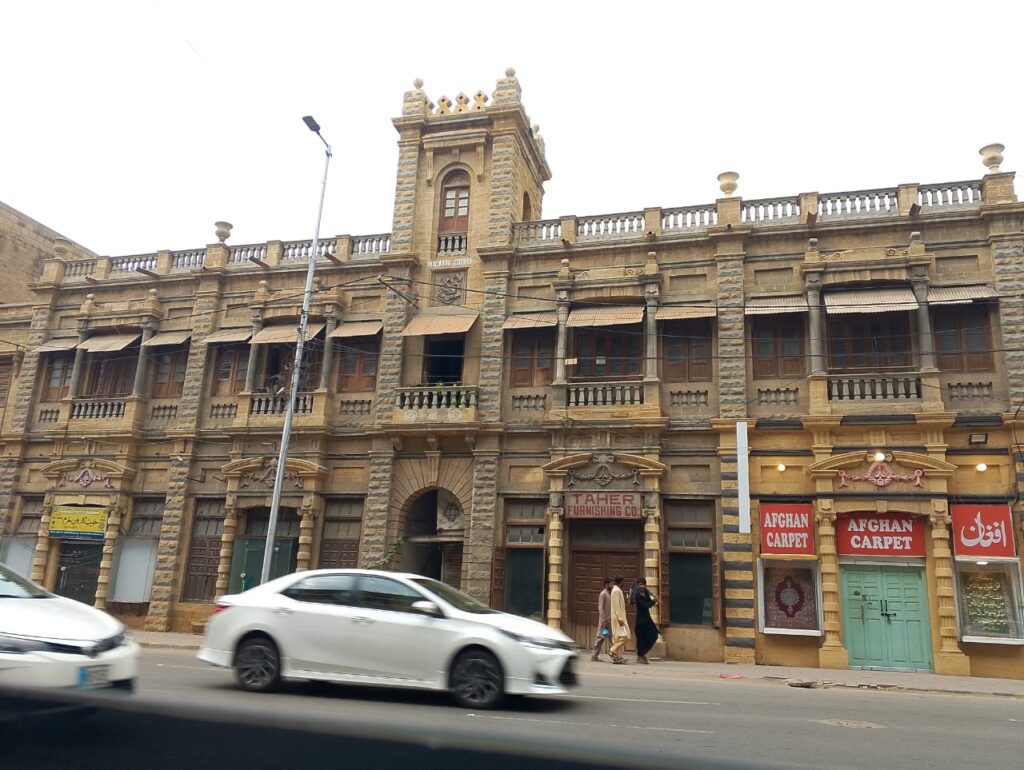
After defeating the French, the British consolidated their dominance. As European trade expanded, languages influenced one another: European words entered South Asian languages, while subcontinental words enriched European tongues.
The British occupied India and annexed Sindh into the Bombay Presidency, ending Sindh’s status as an independent country. In 1936, Sindh was separated from Bombay and declared a province. When the British left in 1947, instead of restoring Sindh as a sovereign country, they made it a province of Pakistan.
Write; GM Leghari

